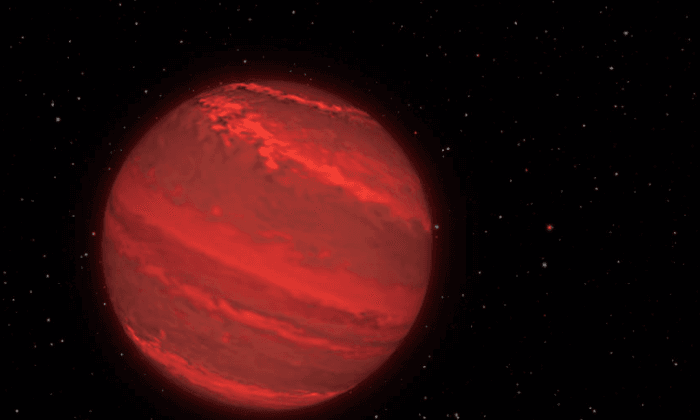The rotation rate of exoplanet 2M1207b has been measured using the Hubble Telescope.
The exoplanet has been called “super-Jupiter” by researchers due to its similarities to the planet.
Astronomers at NASA utilizing the telescope found that the exoplanet’s rotation rate—one rotation every 10 hours—is about the same fast rate as Jupiter.
It’s the first time the rotation rate of a massive exoplanet has been accomplished with direct imaging.
“The result is very exciting,” said Daniel Apai of the University of Arizona in Tucson, leader of the Hubble investigation, in a statement. “It gives us a unique technique to explore the atmospheres of exoplanets and to measure their rotation rates.”
The measurement was obtained by measuring the planet’s brightness changes as it spins.

2M1207b is about four times the mass of Jupiter. While Jupiter is approximately 500 million miles from the sun, the super-Jupiter resides about 170 light-years away from Earth.
Along with the rotation rate measurement, scientists found that the exoplanet has layers of complex clouds—some of which are made of silicates, or vaporized rock that cools down to form tiny particles similar in size to those in cigarette smoke.
Deeper into the atmosphere, iron droplets are forming and falling like rain, eventually evaporating as they enter the lower levels of the atmosphere, NASA noted.
“So at higher altitudes it rains glass, and at lower altitudes it rains iron,” said Yifan Zhou of the University of Arizona, lead author on the research paper. “The atmospheric temperatures are between about 2,200 to 2,600 degrees Fahrenheit.”
The research was published in the Feb. 11 edition of The Astrophysical Journal.






Friends Read Free